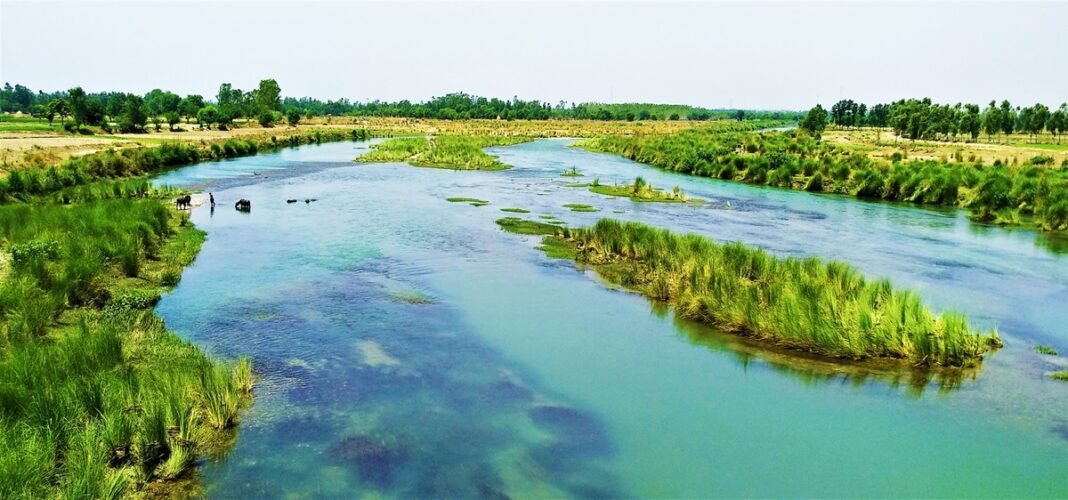Picture credits: Gitanjali Kanwar/WWF-India
Wetlands, in which water covers the soil, or is present near the surface, all year, or for varying periods during the year, are vital for human survival. They provide the water and productivity on which countless species of plants and animals depend for survival. To humanity they provide ecosystem services, like freshwater supply, food and building materials, flood control, groundwater recharge, and climate change mitigation.

Ramsar, the international convention on wetlands, says that study after study has demonstrated that the area and quality of wetlands continue to decline in most regions of the world. As a result, the ecosystem services that wetlands provide to people are being compromised.
Punjab too has its fair share of wetlands, and various initiatives are taken from time to time to develop and preserve these wetlands for posterity. In one such initiative, the state government has drawn up an ambitious plan to promote nature/eco tourism in three of its wetlands, two of which are declared Ramsar sites, meaning that they hold international importance.

Meeting of the Punjab State Wetlands Authority, presided over by Forest and Wildlife Preservation Minister Lal Chand Kataruchak
Advertisement

LifeInChandigarh.com has learnt through authoritative sources that the plan was finalised in a recent meeting of the Punjab State Wetlands Authority, presided over by Forest and Wildlife Preservation Minister Lal Chand Kataruchak. After its approval by the state finance department, a cabinet note has been prepared. It is likely to be taken up for consideration by the state cabinet led by Chief Minister Bhagwant Singh Mann.
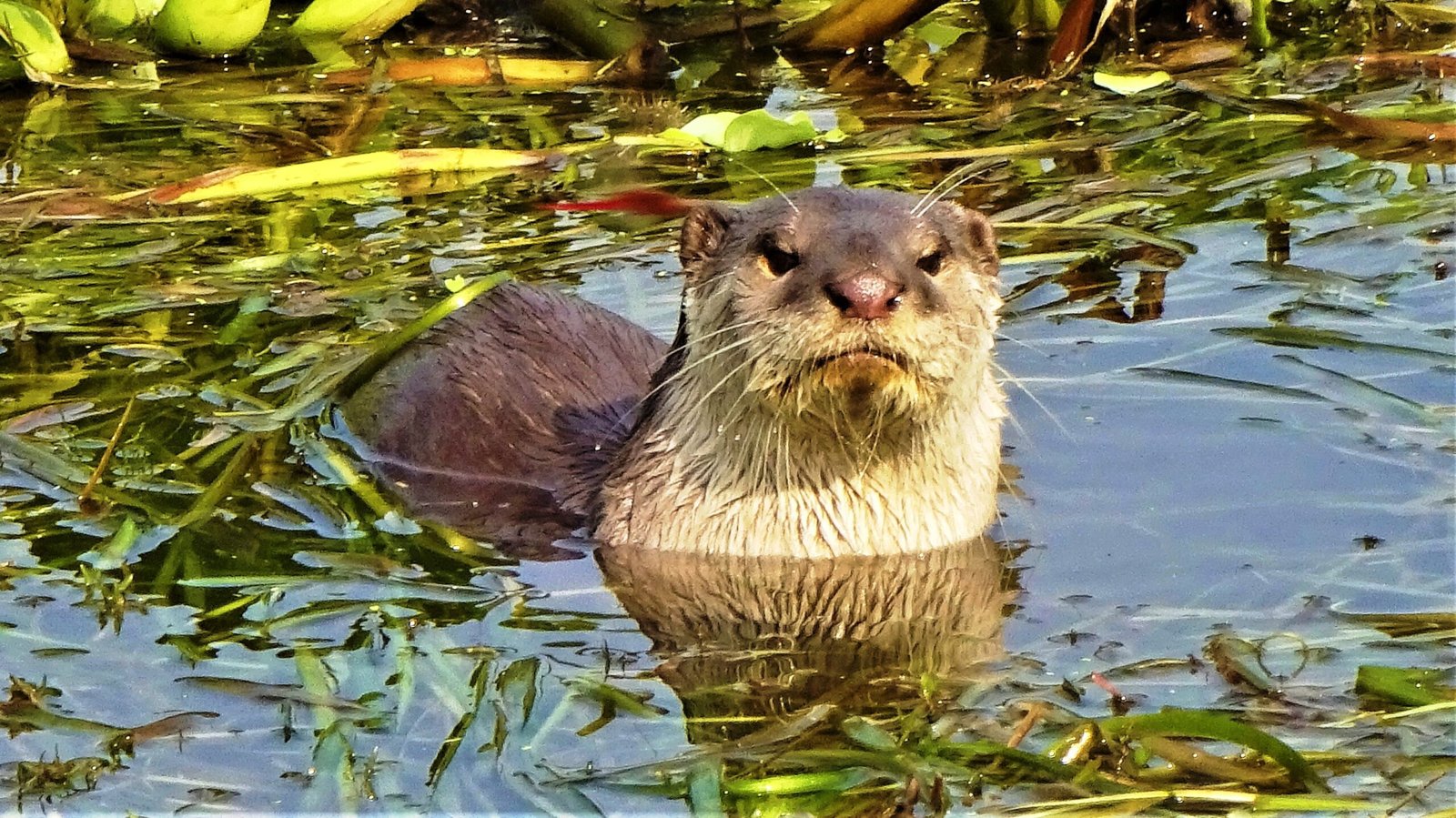
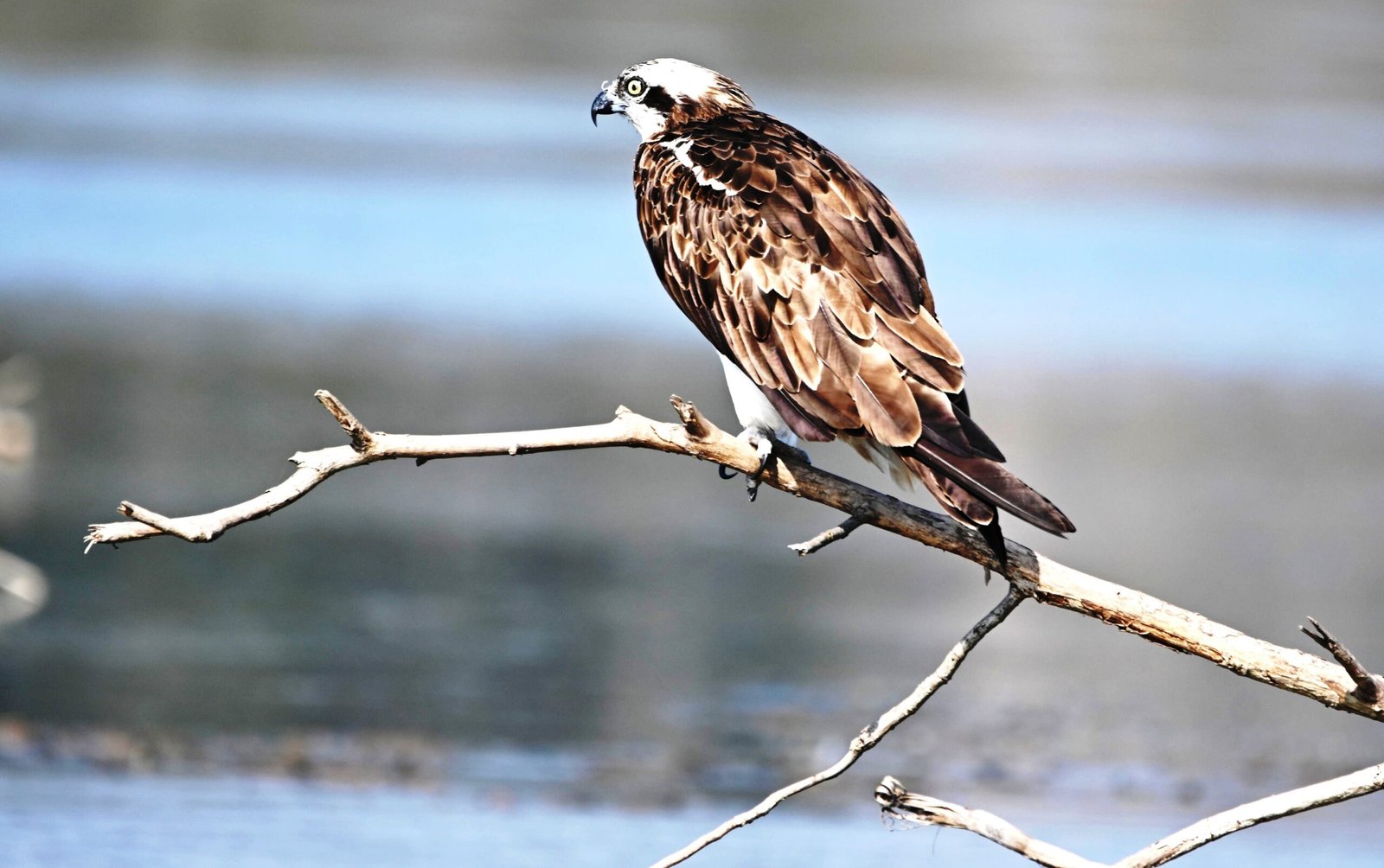 The sources were quick to point out that the tourism initiative, involving Harike Wetland, Beas River Conservation Reserve (both of which are declared Ramsar sites) and Ranjit Sagar Wetland, will not be open to commercial tourism. It will remain strictly confined to nature/ecology lovers from across the country and abroad, so that while appreciating the flora and fauna, the fragile eco systems of these sites are not compromised.
The sources were quick to point out that the tourism initiative, involving Harike Wetland, Beas River Conservation Reserve (both of which are declared Ramsar sites) and Ranjit Sagar Wetland, will not be open to commercial tourism. It will remain strictly confined to nature/ecology lovers from across the country and abroad, so that while appreciating the flora and fauna, the fragile eco systems of these sites are not compromised.
It is not a revenue generating exercise for the state government, but rather an effort to create additional income sources for the local communities around these wetland sites.
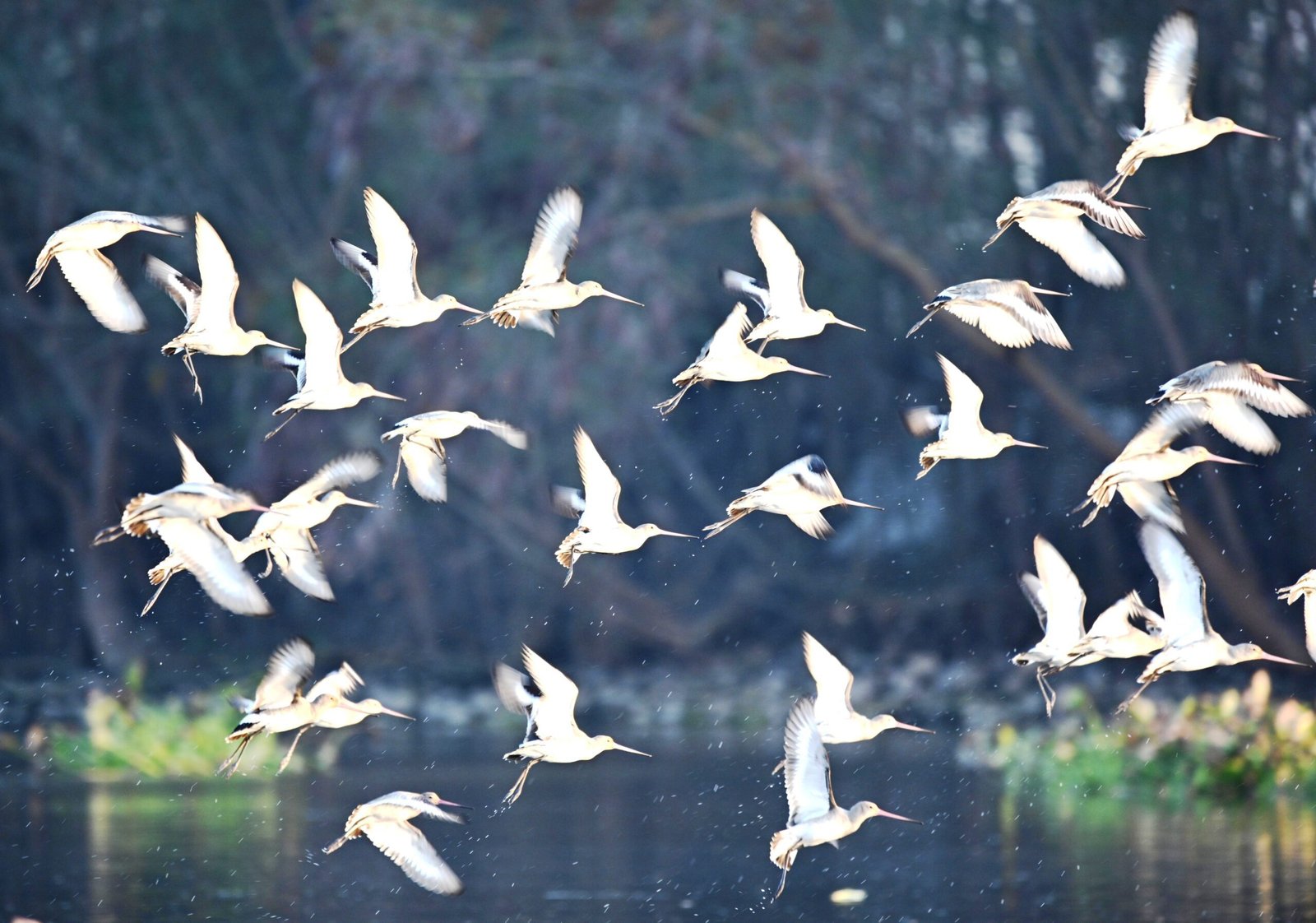
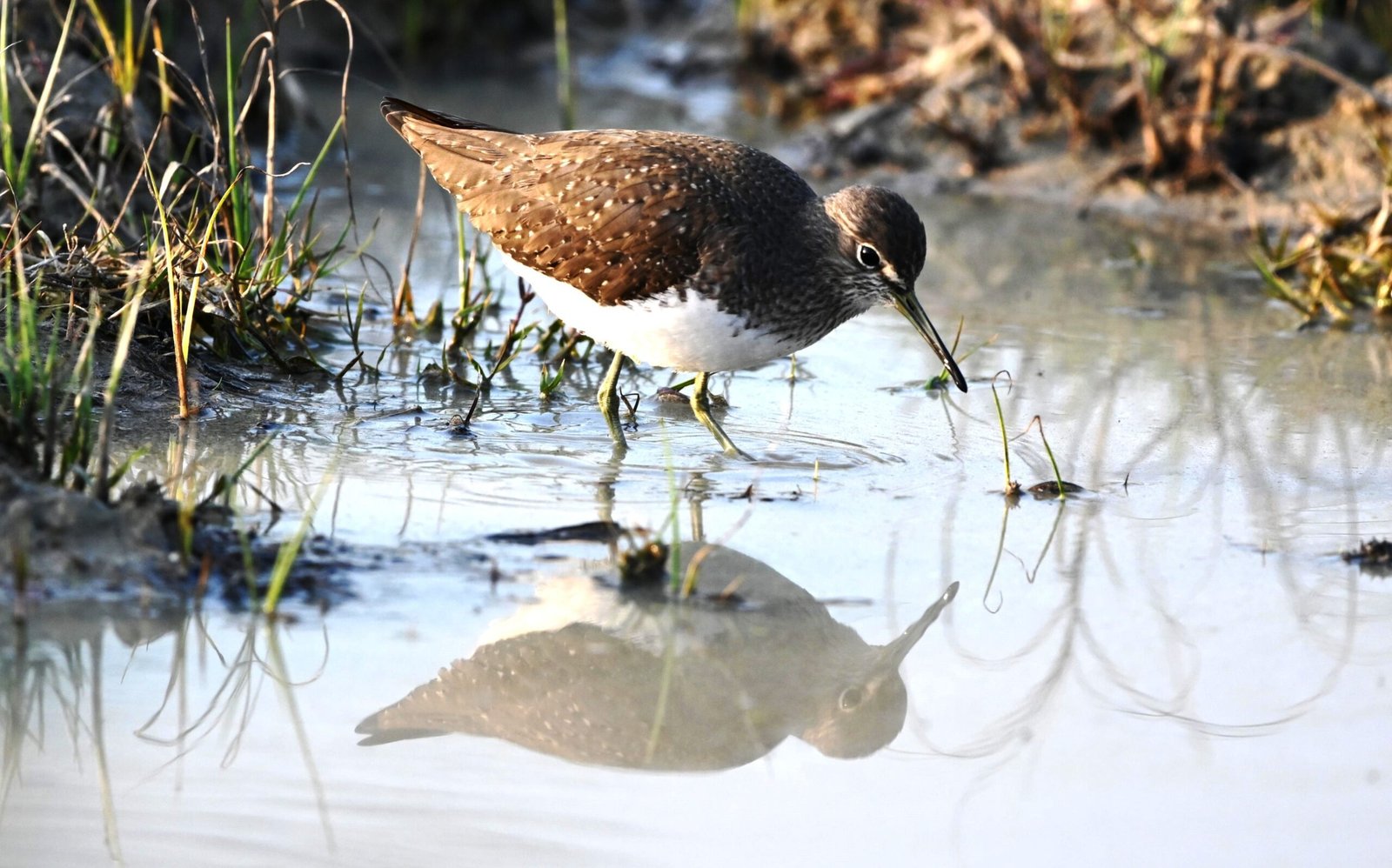
 The plan involves construction and establishment of cottages, eco lodges or dormitories for the accommodation of nature/eco tourists with dining, kitchen and toilet facilities. Also, audio visual facilities, dioramas (replicas of scenes, typically 3-dimentional), and other digital and interactive facilities will be provided in existing tourism infrastructure.
The plan involves construction and establishment of cottages, eco lodges or dormitories for the accommodation of nature/eco tourists with dining, kitchen and toilet facilities. Also, audio visual facilities, dioramas (replicas of scenes, typically 3-dimentional), and other digital and interactive facilities will be provided in existing tourism infrastructure.
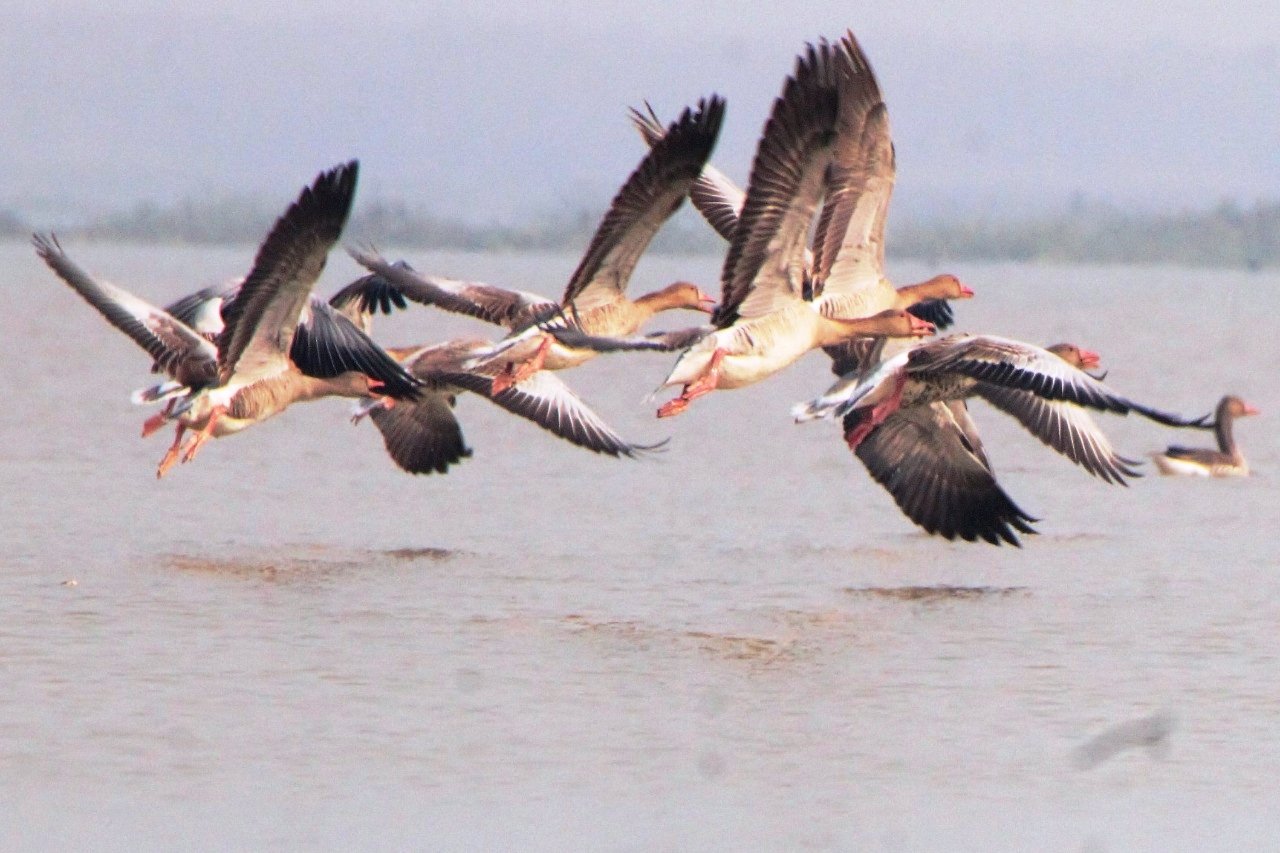


 Besides, the plan involves construction of bird shelters and watch towers, providing facilities like drinking water supply, waste disposal and sanitation facilities for tourists. Transportation facilities like battery operated vehicles, bicycles and e-rickshaws will also be available for tourists. There will be a sizable presence of signages and boards for awareness generation in the designated tourism zones.
Besides, the plan involves construction of bird shelters and watch towers, providing facilities like drinking water supply, waste disposal and sanitation facilities for tourists. Transportation facilities like battery operated vehicles, bicycles and e-rickshaws will also be available for tourists. There will be a sizable presence of signages and boards for awareness generation in the designated tourism zones.
As part of the plan, training will also be imparted to locals to act as nature guides or boatmen, or to become bird watchers.
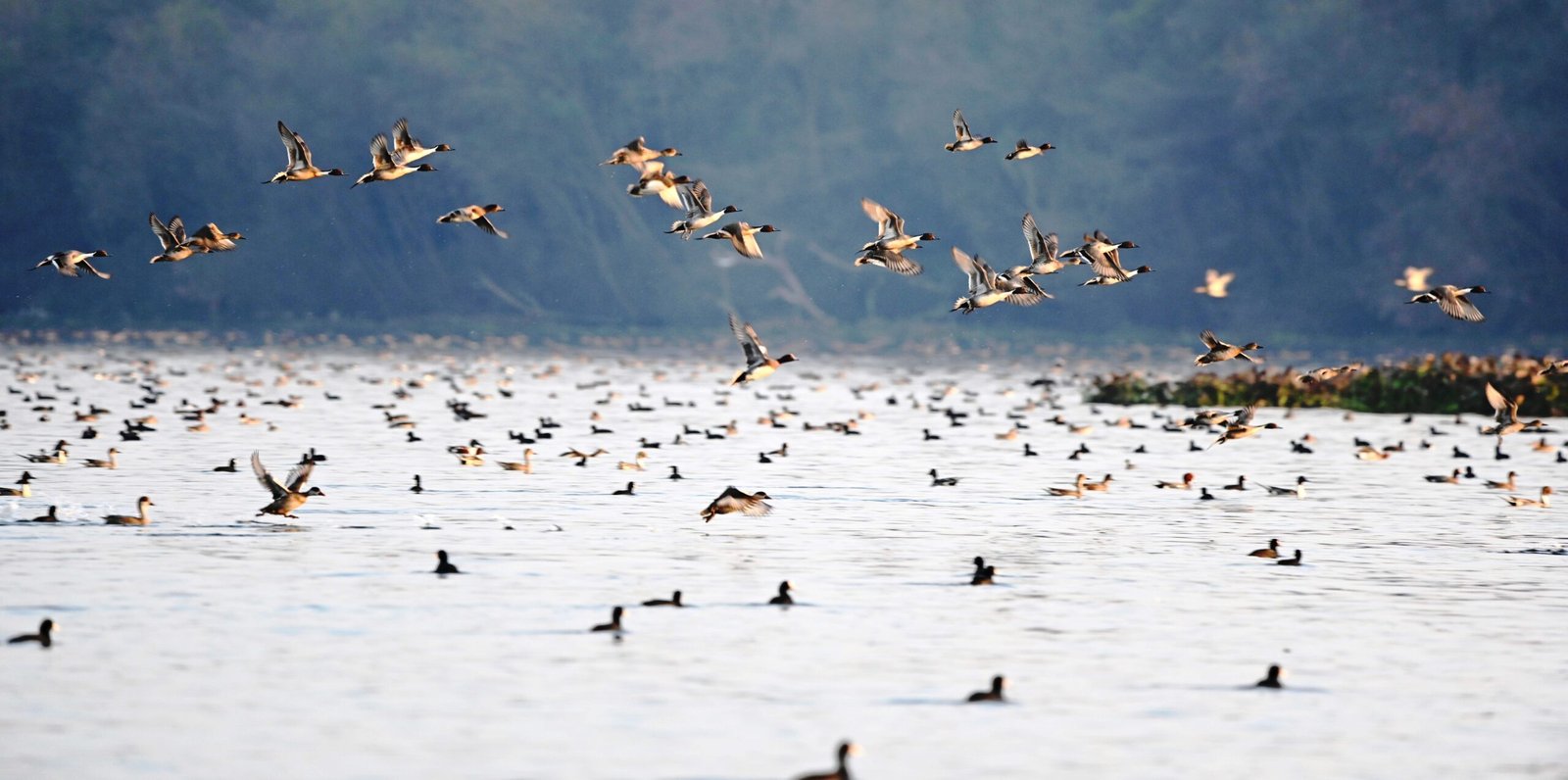
 In this project, the Punjab State Wetlands Authority is working closely with a technical committee, the district wetland committees and knowledge partners like WWF-India. Consultants will be hired as and when required. It will be executed by the Punjab Department of Forests and Wildlife Preservation, District Wetland Committees and other stakeholder departments like Water Resources, Fisheries, Agriculture, Soil, etc. External stakeholders, like subject experts or people with required technology, may also be involved.
In this project, the Punjab State Wetlands Authority is working closely with a technical committee, the district wetland committees and knowledge partners like WWF-India. Consultants will be hired as and when required. It will be executed by the Punjab Department of Forests and Wildlife Preservation, District Wetland Committees and other stakeholder departments like Water Resources, Fisheries, Agriculture, Soil, etc. External stakeholders, like subject experts or people with required technology, may also be involved.
Timelines for execution of this plan will be decided once the budget is finally approved by the state cabinet.
About the wetlands
Harike Wetland
Also known as “Hari-ke-Pattan”, with the Harike Lake in the deeper part of it, is the largest wetland in northern India. It is a riverine wetland located on the confluence of Sutlej and Beas rivers and spread over three districts of Punjab – Ferozepur, Kapurthala and Tarn Taran. It was declared as a wildlife sanctuary in 1999, and a Ramsar site in 1990.
The wetland and the lake were formed following the construction of head works across the Sutlej River in 1953. The rich biodiversity of the wetland, which plays a vital role in maintaining the precious hydrological balance in the catchment, is said to attract one of the largest concentration of winter migratory birds, including a number of globally threatened species, in northern India.
Beas River Conservation Reserve
It is a 185 km long riverine stretch of Beas River flowing through six districts of Punjab – Hoshiarpur, Gurdaspur, Kapurthala, Amritsar, Tarn Taran and Ferozepur – declared a conservation reserve in 2017, and a Ramsar site in 2019.
The main channel of the river is broad, dotted with islands, sand bars, braids and wide pools. The average depth of the river varies from about 1.5 m during the dry season to about 4.5 m during the rainy season.
The Beas Conservation Reserve hosts the only population of Indus river dolphins in India. The smooth-coated otter is another rare and important species found in the waters of the Beas.
The gharials, also known as gavial or fish-eating crocodiles, were another attraction of the river before they became extinct somewhere in the 1960s. A gharial re-introduction programme was initiated in 2017, under which 100-odd gharials were released in the reserve. Since gharials are known to typically have a breeding cycle of 10-11 years, the success of the efforts to repopulate them will be known in another 3-4 years time.
The terrestrial fauna of the Beas includes hog deer, blue bull and wild pig.
The River Beas provides vital habitats for more than 500 species of birds and is a particularly important staging area for both summer and winter migratory water birds.
The river supports species of freshwater turtles like Indian softshell turtle, Indian flapshell turtle, narrow-headed softshell turtle, spotted pond turtle, crowned river turtle and brown roofed turtle.
Harike and Beas conservation reserve together support more than 90 fish species.
Ranjit Sagar Dam Conservation Reserve
Spread over 4560 acres of land, it is a riverine wetland located on Ravi river in Pathankot district of the state and is part of a hydroelectric project. This wetland was declared a conservation reserve in 2017 and forms the border with the neighbouring state of Himachal Pradesh and Union territory of Jammu & Kashmir. A large portion, up to 60% of the reservoir, falls within Jammu and Kashmir.
Some 48-odd different varieties of migratory birds can be seen inside and outside the reserve area. One can also spot insects, snakes, jackals, hare, mongoose, leopard, porcupine, pangolin and wild cats in marshy areas. Besides, there are resident birds like red jungle fowl, large Indian parakeet, Indian cuckoo, bank myna, wood shrike, yellow-eyed babbler, crested bunting and peafowl.

